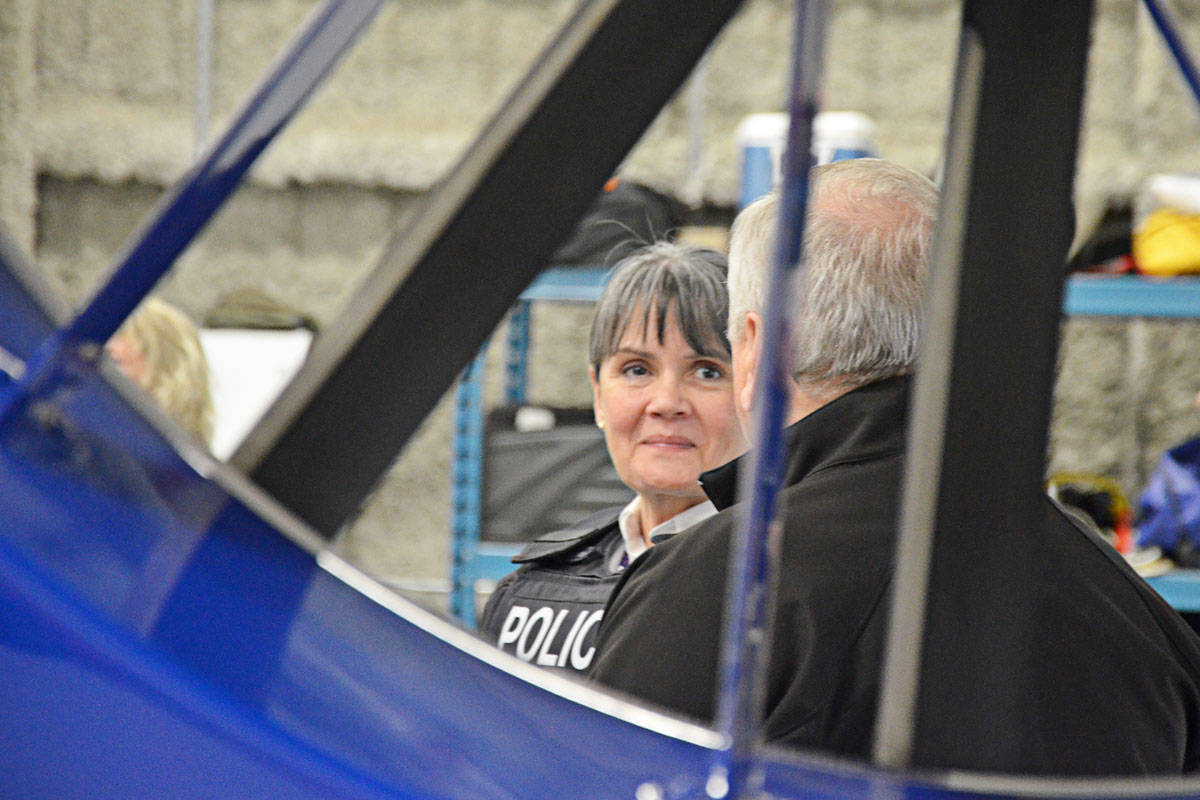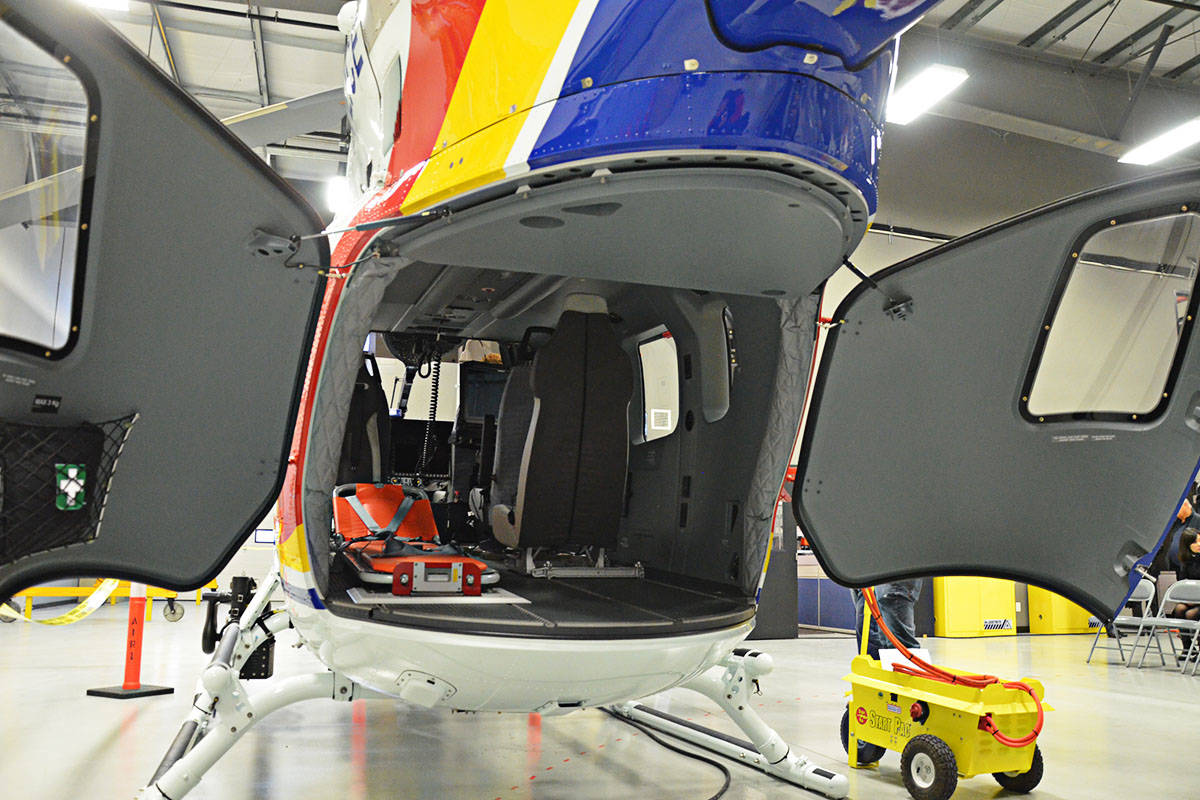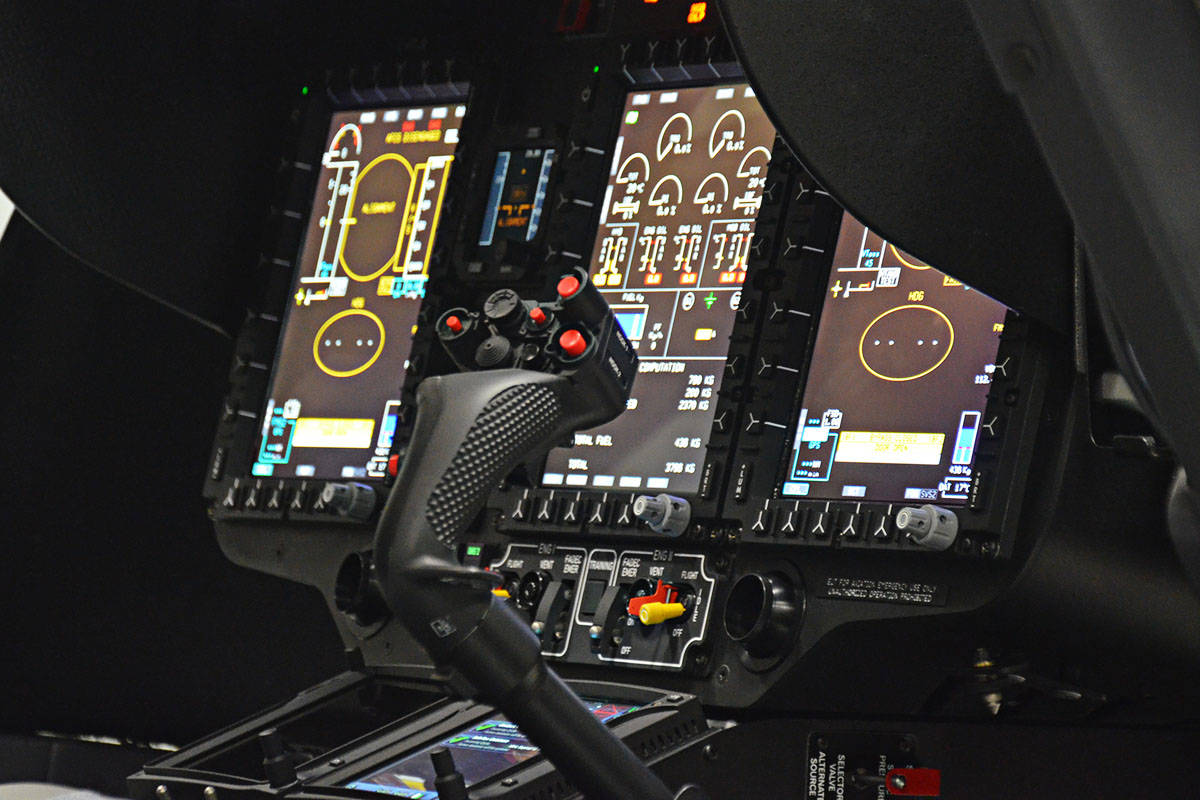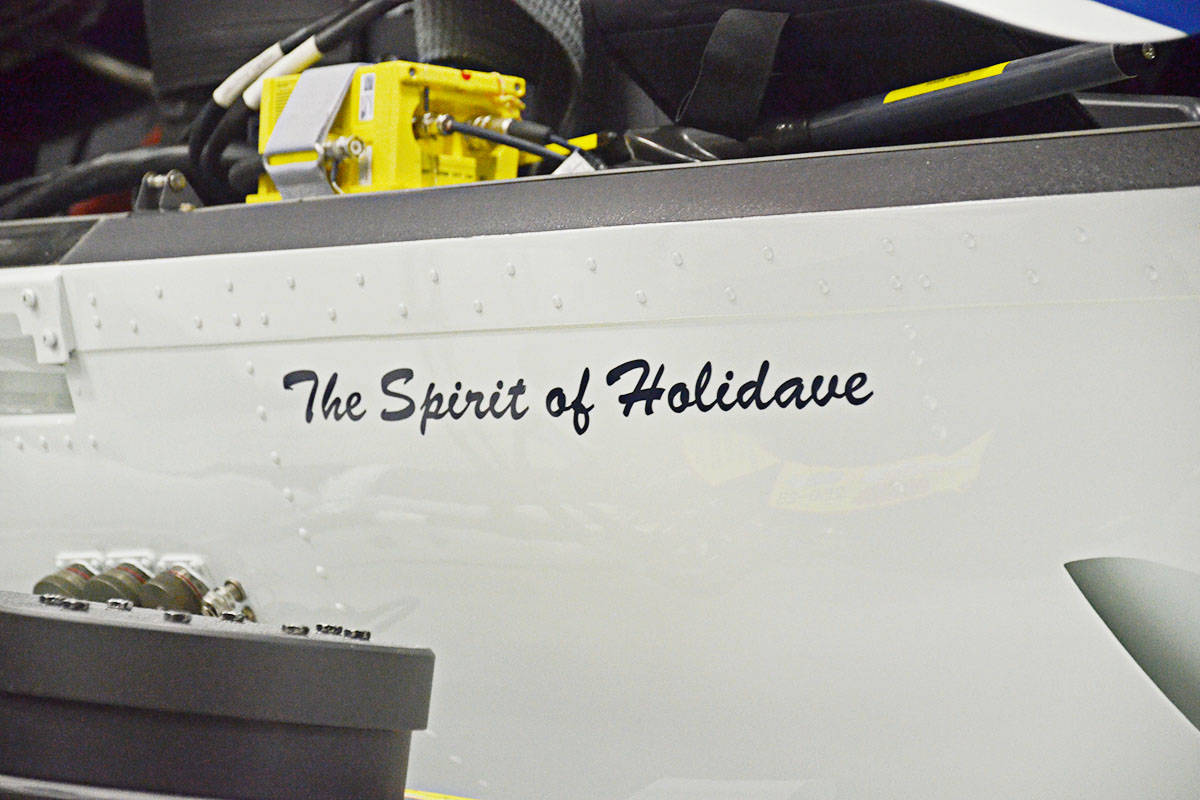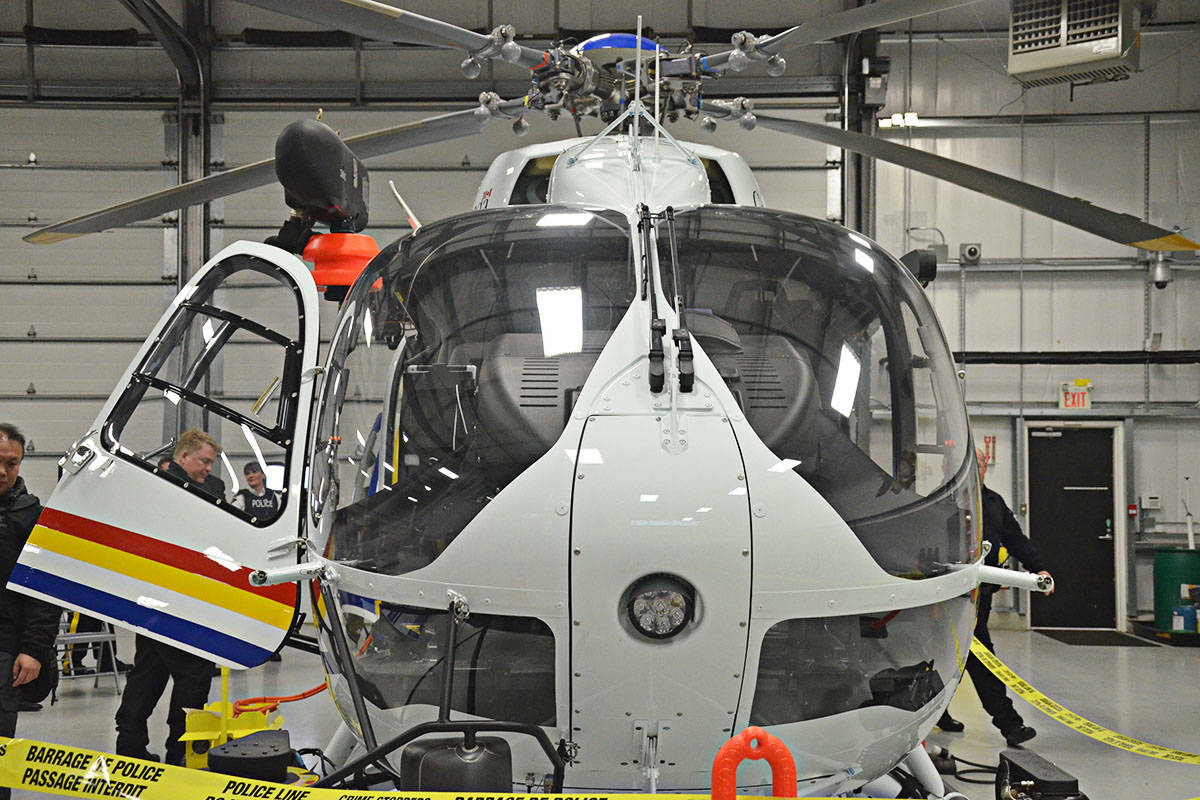The new Air 5 RCMP helicopter was officially unveiled in Langley, dedicated to a pilot who died in a training crash seven years ago in Chilliwack.
The brand new H145 Airbus helicopter is larger and has more bells and whistles than other local police helicopters, including longer range cameras, a hoist that can haul up rescue victims or allow ERT members to rappel down, space for two stretchers in the back, and simplified computerized displays for the pilot.
‚ÄĘ READ MORE:
But Cpl. Curtis Brassington, the tactical flight officer, choked up when talking about one particular feature ‚Äď the name and call sign, which are in honour of the late civilian pilot Dave Brolin.
Brolin‚Äôs initials form (DJB) the last three letters of the aircraft‚Äôs call sign, and ‚ÄúThe Spirit of Holidave‚ÄĚ has been written on the side of the helicopter, after Brolin‚Äôs nickname.
Compared to the smaller and lighter Air 1 and Air 2 helicopters often seen over the Lower Mainland, the new Air 5 is more of a ‚Äúworkhorse,‚ÄĚ according to the RCMP officials on hand for the unveiling.
It will be based out of the RCMP hangar in Langley, but will operate province-wide. With its twin-engine design ‚Äď a first for an RCMP helicopter in B.C. ‚Äď it can travel over water by night, and is also capable of dropping off patients directly at hospital helicopter landing pads.
Asked about recent noisy training flights that disrupted sleep for people in Cloverdale and parts of Langley, Brassington noted that those were done using a B3 helicopter borrowed from Edmonton for training.
‚ÄúWe have been operational at night for the last 13 years,‚ÄĚ Brassington said.
He noted that the new H145 Airbus should not only be quieter than the B3 being used for training, it should be quieter than the current smaller Air 1 and Air 2 helicopters.
‚ÄúWill we be doing training in Willoughby?‚ÄĚ Brassington said. ‚ÄúWe may!‚ÄĚ
They do their training in areas where they may have to work, which includes urban and suburban areas, he noted.
The Air 5 cost $13.4 million, funded 70 per cent by the province and 30 per cent by Ottawa. It’s expected operational lifespan is about 20 years.
The Air 5 isn’t in the air quite yet. Pilots and crews still have two to three months of training to do before it’s fully operational.
Like us on and follow us on .
